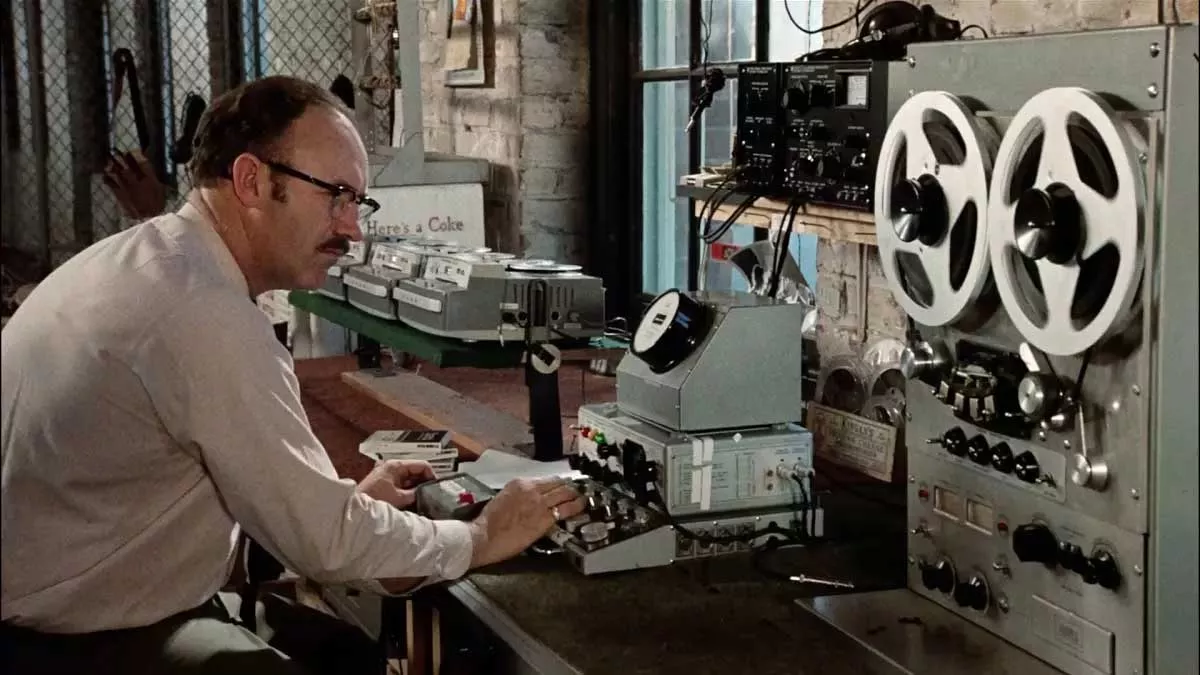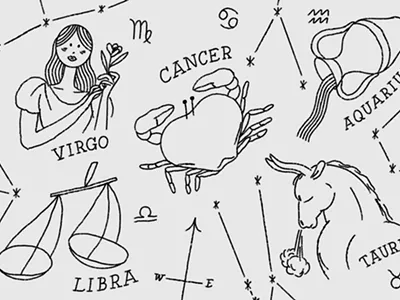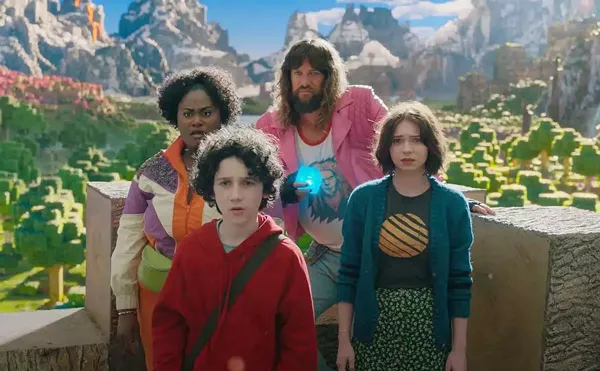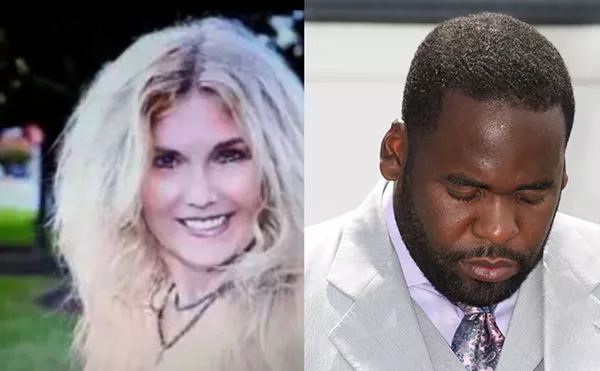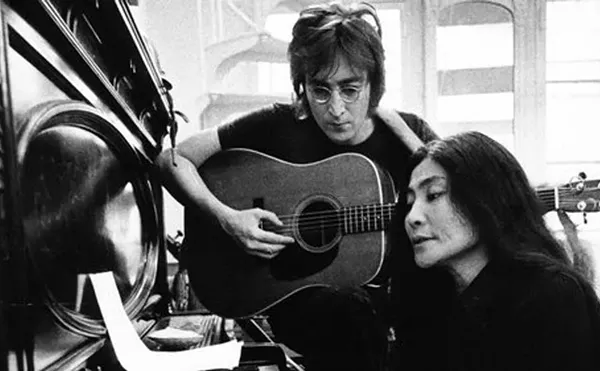For cinephiles like me, it’s hard to overhype the importance of the American New Wave (AKA New Hollywood) era of movies that lasted from the mid-1960s to the early 1980s. It was not only important in how, for a very limited amount of time, the era transferred the authorial role of filmmaking from the studios to auteur directors, but it also served to rescue Hollywood at a time when the advent of television weakened the power of the studio system.
Hollywood was so desperate to replicate the success of The Sound of Music and the big-budget spectacles of the late 1940s and early 1950s that the studios were pumping out musicals, war movies, and historical epics almost exclusively. Eventually, it became the youth that were spending the most time (meaning money) in movie theaters, so filmmakers started appealing to the socially liberal/rebellious kids of the time. For basically the first time since pre-code Hollywood and the advent of the Hays Code in 1930, films were allowed to have some moral ambiguity and weren’t underwritten with the express desire to promote “traditional American values.”
The New Hollywood era arguably began with Stanley Kubrick’s Dr. Strangelove in 1964, but it was the release (and massive critical and financial success) of Arthur Penn’s Bonnie and Clyde and Mike Nichols’s The Graduate in 1967 that tentatively showed Hollywood that if they trusted artists and basically gave them carte blanche to follow their muse, then there was serious money to be made.
This era gave us (just to name a few) actual masterpieces like Cool Hand Luke, Faces, 2001: A Space Odyssey, Rosemary’s Baby, Midnight Cowboy, Easy Rider, Catch-22, Watermelon Man, McCabe & Mrs. Miller, The Last Picture Show, A Clockwork Orange, The French Connection, Harold and Maude, Star Wars, Apocalypse Now, The Godfather, Alien, The Long Goodbye, Chinatown, and so, so many more.
This is, without question, the strongest period of American cinema in history.
The death of the New Hollywood came hard and fast with the high-profile flop of Michael Cimino’s Heaven’s Gate in 1980 (made $3.5 million on a $44 million budget), the initial underperformance of Blade Runner and then the tragic death of two illegally hired child actors and actor Vic Morrow on the set of 1983’s Twilight Zone: The Movie.
Just imagine being a cinephile in the 1970s, going to the theater every week and discovering new filmmakers like Robert Altman, George Lucas, Steven Spielberg, William Friedkin, Hal Ashby, Woody Allen, Peter Bogdanovich, David Lynch, Terrence Malick, Martin Scorsese, John Cassavetes, Francis Ford Coppola, John Carpenter, Brian De Palma, Shirley Clarke, Stanley Kubrick, Mel Brooks, Elaine May, Mike Nichols, Ridley Scott, Roman Polanski, and dozens more. When I dream of movie heaven, it’s a lot like that.
Nestled right in between The Godfather and The Godfather Part II came what I consider not only to be Francis Ford Coppola’s unsung masterpiece, but one of the true high-water marks of the American New Wave. 1974’s The Conversation is a paranoid, neo-noir thriller that was not only decades ahead of its time, but features the career-best work of Gene Hackman, composer David Shire, and the great editor-sound designer-directo Walter Murch. The film also features one of the five legendary performances of the astonishingly brilliant John Cazale, who made his feature film debut as Fredo in The Godfather and followed that up with The Conversation, The Godfather Part II, Dog Day Afternoon, and then, posthumously, The Deer Hunter. Is it the greatest run of any actor in history? I like to think so.
Currently being re-released for its 50th anniversary as a 4K remaster with a new introduction by Coppola, The Conversation is not only worth catching in a theater while you can, but it’s one of the building blocks for life as a cinephile. It’s literally one of the best movies ever made and the restoration is gorgeous. So the time to see Hackman, Cazale, Harrison Ford, Robert Duvall, and Allen Garfield square off against each other has never been better.
I know it’s been awhile since Coppola has made a good movie (I think it might have been 1997’s The Rainmaker), but I’m optimistic for his new film, this September’s Megalopolis. I hope it’s his swan song and not some ridiculously out-of-touch manifesto on cancel culture, critical failure, and the modern difficulties of the straight, white male.
Regardless of anything, I’ll be there opening night for Megalopolis because Coppola has earned it. Apocalypse Now, the first two Godfather films, and The Conversation means he has, if not my trust, then at least my loyalty. He has a lifetime pass to make whatever he wants, self-indulgent or otherwise.
Still, I’m a little nervous as Coppola has seemed quite out of touch (and creepy) in interviews and set photos over the last year. Regardless of quality or content, it’s incredibly depressing that Coppola, the author of multiple cinematic masterpieces, had to spend $120 million of his own money to finance Megalopolis.
If anything, this once again proves that the era of New Hollywood is long dead and that we bury our giants, not with fanfare and respect, but with silence and one eye on our phones. Long live whatever comes next.
P.S. For anyone looking to start their journey into the cinematic wonderland that is the American New Wave, The Criterion Channel just released a collection of New Hollywood classics from ’66 to ’79 featuring fils like Malick’s Days of Heaven, Bogdanavich’s The Last Picture Show, Lumet’s Dog Day Afternoon, and Nichols’s The Graduate… just to name a few. You won’t regret falling down this rabbit hole.

